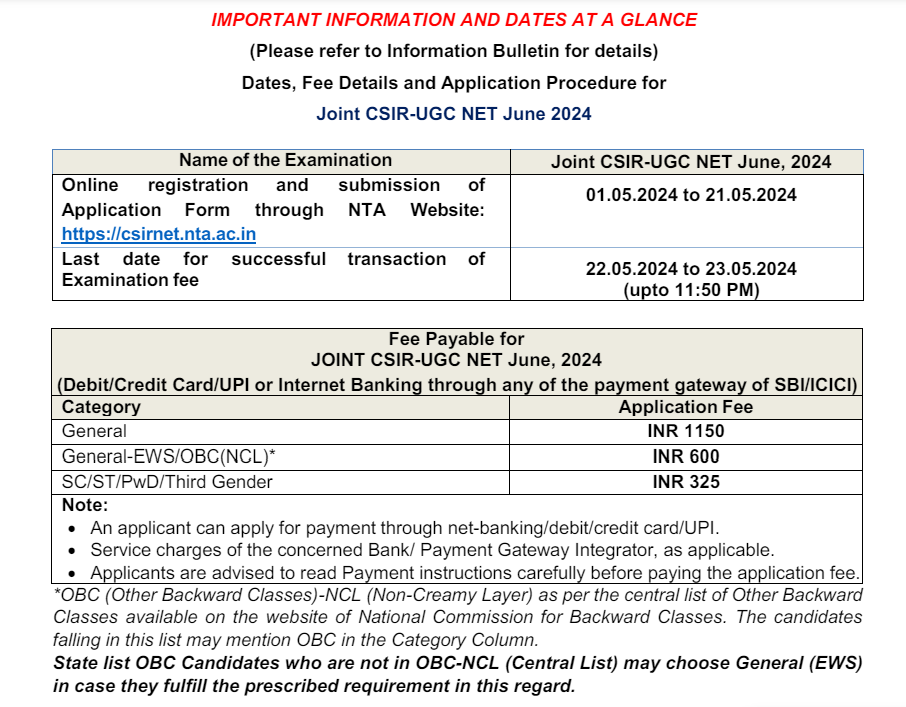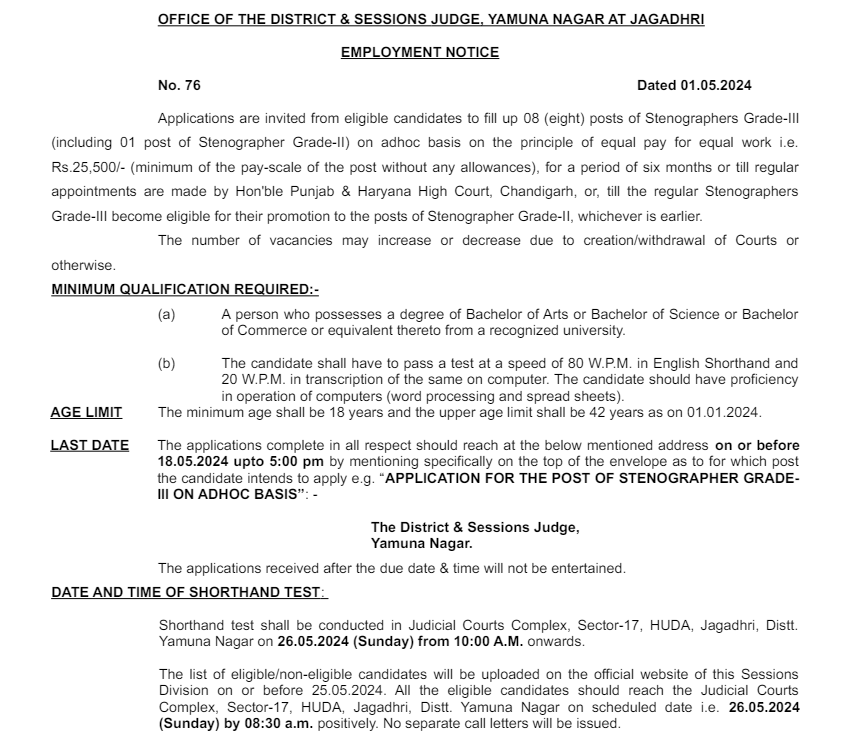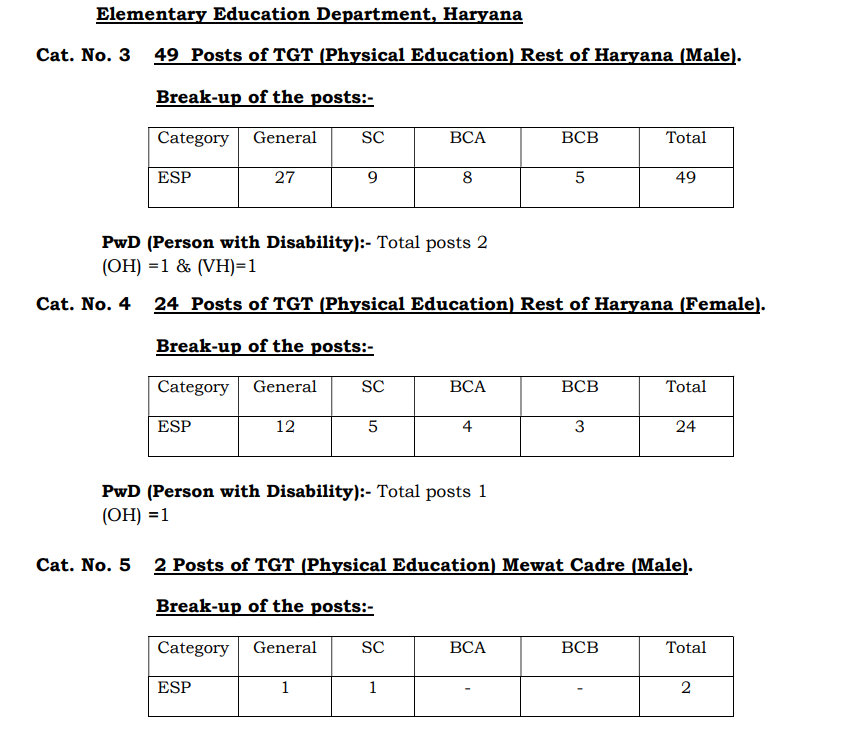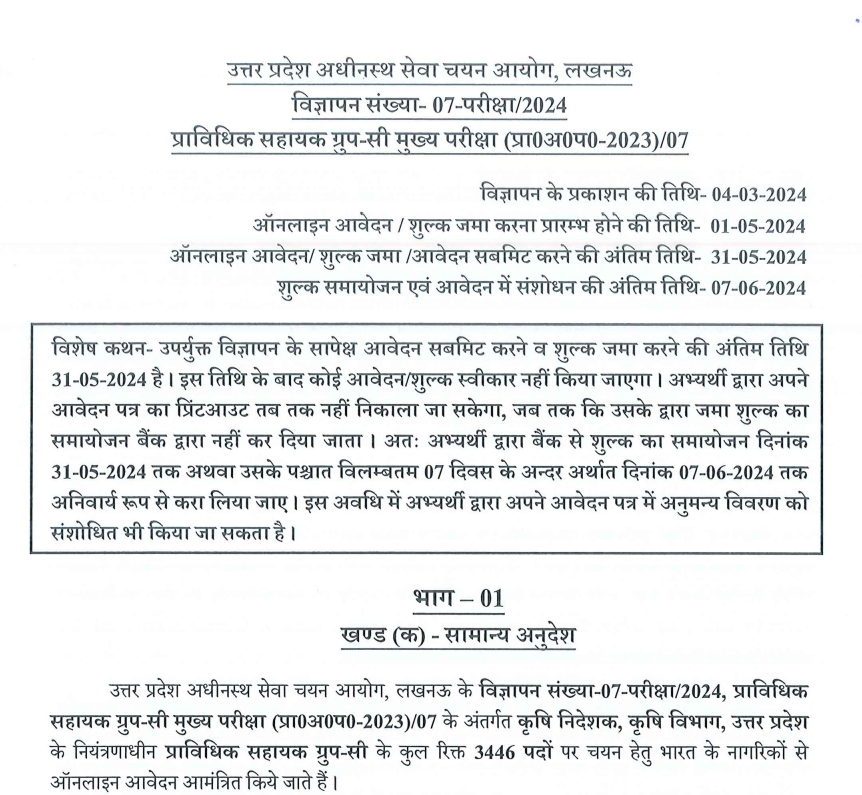Electrical Semiconductor Theory Questions

Category –EE MCQ PDF
Telegram-Join Us On Telegram
Attempt Free Electrical Semiconductor Theory Questions Here. Read The Important Electrical Semiconductor Theory Questions MCQ From Below.
B. Electrovalent
C. Co-ordinate
D. None of the above
A. Positive
B. Zero
C. Negative
D. None of the above
B. Silicon
C. Carbon
D. Sulphur
B. 3
C.6
D.4
B. 60 ohm cm
C.3 x 106 ohm cm
d. 6 x 10-4 ohm cm
B. 6000 ohm cm
C. 3 x 105 ohm m
D. 6 x 10-8 O ohm cm
B. Goes down
C. Remains the same
D. Can’t say
A. Forces between nuclei
B. Forces between protons
C. Electron-pair bonds
D. None of the above
ANS:- C
Electrical Semiconductor Theory Questions
9. When a pentavalent impurity is added to a pure semiconductor, it becomes ………
A. An insulator
B .An intrinsic semiconductor
C. p-type semiconductor
D. n-type semiconductor
ANS:- D
10. Addition of pentavalent impurity to a semiconductor creates many ……..
A. Free electrons
B. Holes
C. Valence electrons
D. Bound electrons
ANS:- A
11. A pentavalent impurity has ………. Valence electrons
A. 3
B. 5
C. 4
D. 6
ANS:- B
12. An n-type semiconductor is ………
A. Positively charged
B. Negatively charged
C. Electrically neutral
D. None of the above
ANS:- C
Electrical Semiconductor Theory Questions
13. A trivalent impurity has ….. valence electrons
A. 4
B. 5
C. 6
D. 3
ANS:- D
14. Addition of trivalent impurity to a semiconductor creates many ……..
A. Holes
B. Free electrons
C. Valence electrons
D. Bound electrons
ANS:- A
15. A hole in a semiconductor is defined as …………….
A. A free electron
B. The incomplete part of an electron pair bond
C. A free proton
D. A free neutron
ANS:- B
16. The impurity level in an extrinsic semiconductor is about ….. of pure semiconductor.
A. 10 atoms for 108 atoms
B. 1 atom for 108 atoms
C. 1 atom for 104 atoms
D. 1 atom for 100 atoms
ANS:- B
Electrical Semiconductor Theory Questions
17. As the doping to a pure semiconductor increases, the bulk resistance of the semiconductor ………..
A. Remains the same
B. Increases
C. Decreases
D. None of the above
ANS:- C
18. A hole and electron in close proximity would tend to ……….
A. Repel each other
B. Attract each other
C. Have no effect on each other
D. None of the above
ANS:- B
19. In a semiconductor, current conduction is due to ……..
A. Only holes
B. Only free electrons
C. Holes and free electrons
D. None of the above
ANS:- C
20. The random motion of holes and free electrons due to thermal agitation is called ……….
A. Diffusion
B. Pressure
C. Ionization
D. None of the above
ANS:- A
Electrical Semiconductor Theory Questions
21. A forward biased pn junction diode has a resistance of the order of
A. O
B. Ko
C. MO
D. None of the above
ANS:- A
22. The battery connections required to forward bias a pn junction are ……
A. +ve terminal to p and –ve terminal to n
B. -ve terminal to p and +ve terminal to n
C. -ve terminal to p and –ve terminal to n
D. None of the above
ANS:- A
23. The barrier voltage at a pn junction for germanium is about ………
A. 5 V
B. 3 V
C. Zero
D. 3 V
ANS:- D
24. In the depletion region of a pn junction, there is a shortage of ……..
A. Acceptor ions
B. Holes and electrons
C. Donor ions
D. None of the above
ANS:- B
25. A reverse bias pn junction has …………
A. Very narrow depletion layer
B. Almost no current
C. Very low resistance
D. Large current flow
ANS:- B
Electrical Semiconductor Theory Questions
26. A pn junction acts as a ……….
A. Controlled switch
B. Bidirectional switch
C. Unidirectional switch
D. None of the above
ANS:- C
27. A reverse biased pn junction has resistance of the order of
A. O
B. kO
C. MO
D. None of the above
ANS:- C
28. The leakage current across a pn junction is due to …………..
A. Minority carriers
B. Majority carriers
C. Junction capacitance
D. None of the above
ANS:- A
29. When the temperature of an extrinsic semiconductor is increased, the pronounced effect is on……
A. Junction capacitance
B. Minority carriers
C. Majority carriers
D. None of the above
ANS:- B
30. With forward bias to a pn junction , the width of depletion layer ………
A. Decreases
B. Increases
C. Remains the same
D. None of the above
ANS:- A
31. The leakage current in a pn junction is of the order of
A. Aa
B. mA
C. kA
D. µA
ANS:- D
32. In an intrinsic semiconductor, the number of free electrons ………
A. Equals the number of holes
B. Is greater than the number of holes
C. Is less than the number of holes
D. None of the above
ANS:- A
Electrical Semiconductor Theory Questions
33. At room temperature, an intrinsic semiconductor has ……….
A. Many holes only
B. A few free electrons and holes
C. Many free electrons only
D. No holes or free electrons
ANS:- B
34. At absolute temperature, an intrinsic semiconductor has ……….
A. A few free electrons
B. Many holes
C. Many free electrons
D. No holes or free electrons
ANS:- D
35. At room temperature, an intrinsic silicon crystal acts approximately as ……
A. A battery
B. A conductor
C. An insulator
D. A piece of copper wire
ANS:- C
Electrical Semiconductor Theory Questions














